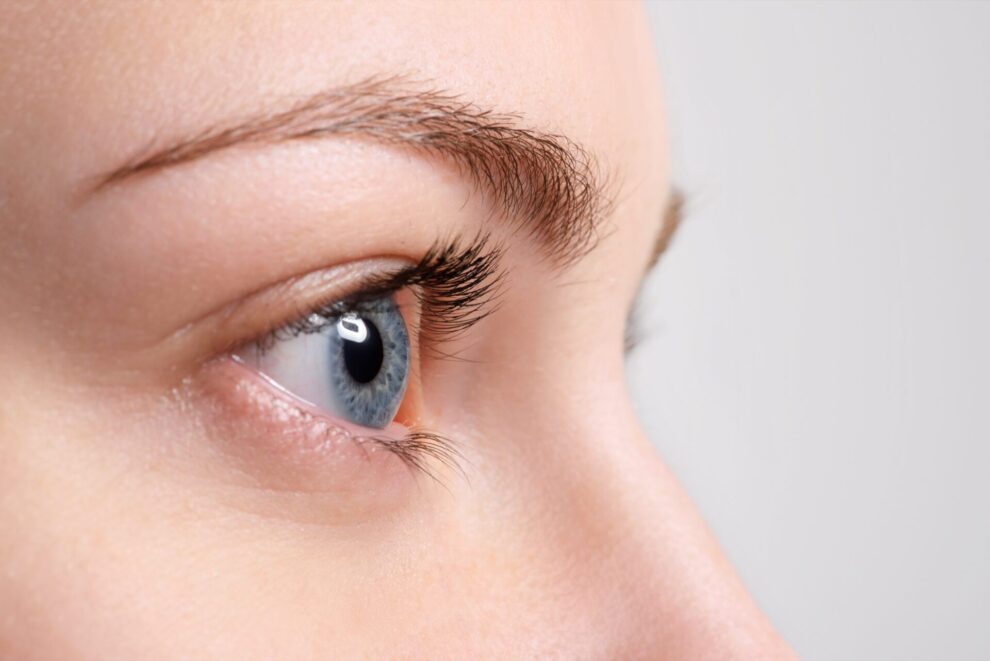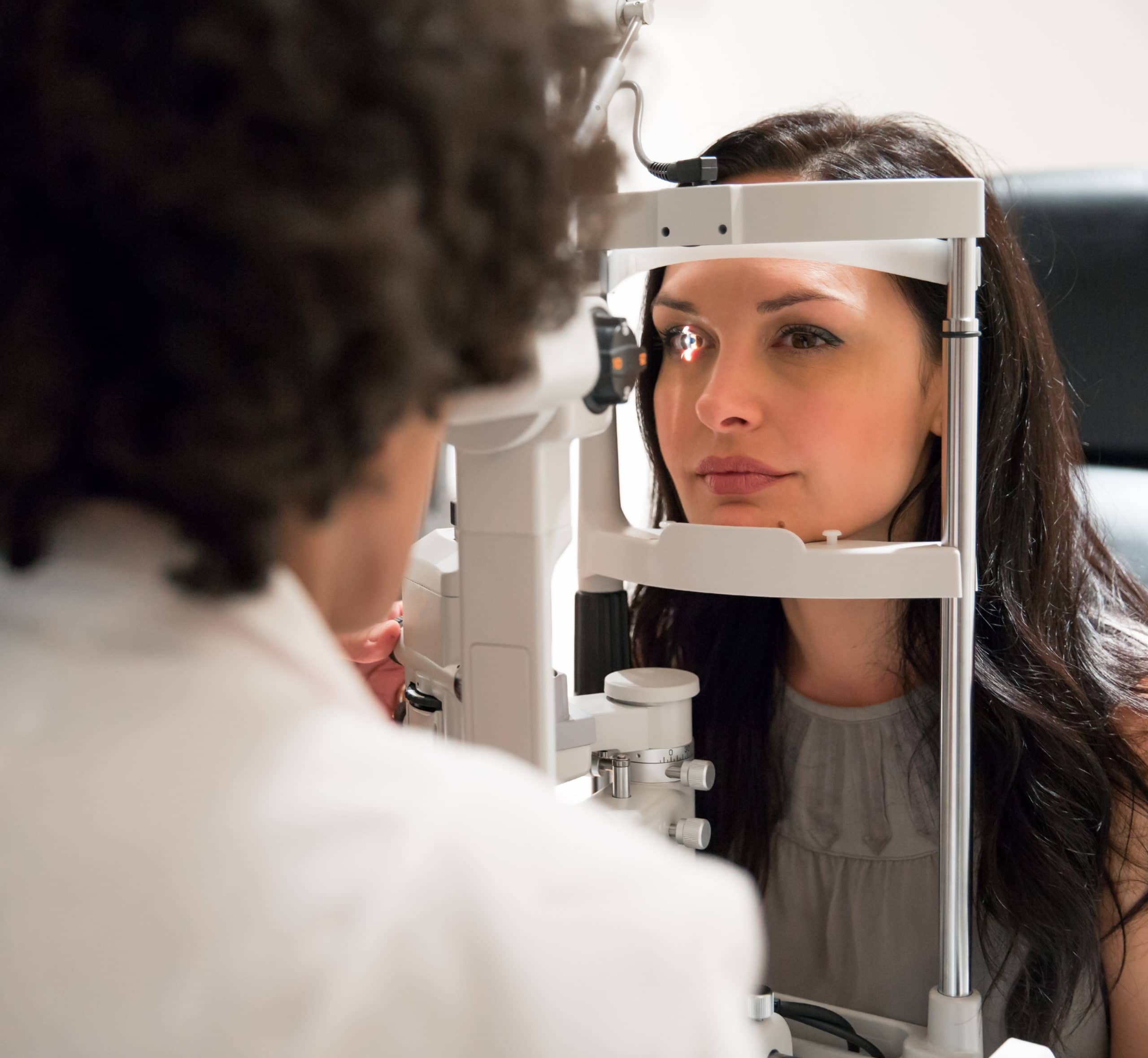Cornea Diseases
What Is the Cornea?
The cornea is the clear, dome-shaped surface that makes up the outermost layer of the eye. This front part of the eye contains an extremely organized grouping of proteins, cells and nerves through multiple layers of corneal tissue. For a person to see well, there must be functionality between the various layers of the cornea. In addition to supporting your vision by acting as the outermost lens for the eye, the cornea is also protective, screening UV rays before light travels through the eye.

Common Cornea Conditions
What Conditions Affect The Cornea?
The cornea may be affected by the infection, allergies, eye disease, and dystrophies. There are dozens of conditions that may develop in or affect the cornea. These include:
Common Corneal Dystrophies
Common corneal dystrophies include:
What Are The Symptoms of Corneal Diseases?
The symptoms of the corneal disease may be unique to the condition itself. The common symptoms of dry eye disease include a scratchy, foreign-body sensation that coincides with excessive tearing or burning. Pterygium is characterized by noticeable fleshy growth. Injury or infection in the cornea may be indicated by light sensitivity and pain. Anytime ocular symptoms linger or recur, the eyes should be examined by a qualified ophthalmologist.
Risk Factors for Corneal Disease
Individuals with a family history of cornea disease may have an increased risk of inherited conditions. Research is currently exploring the genetic factors that may be involved in this risk. Other corneal conditions also have specific risk factors, such as having had the chicken pox virus (Ocular shingles) or exposure to herpes (Ocular herpes). People who wear contact lenses may have an increased risk for corneal injury or conditions related to infection, such as keratitis.
How Can Center For Eye Care Excellence Diagnose Corneal Disease?
Corneal disease can be diagnosed in our office during a thorough, dilated eye exam by one of our ophthalmologists. Our ophthalmologist will use special instruments that magnify and evaluate the various structures of the eye. Technology such as corneal topography can capture characteristics of the cornea that indicate warning signs of cataracts, corneal damage, and other conditions.
How Is Corneal Disease Treated?

There are stages to corneal disease treatment, just like there are stages to the disease itself.
How Can I Prevent Corneal Diseases?
It is not possible to prevent inherited corneal conditions. In such instances, routine eye exams provide necessary information that enables a person to preserve vision.
Infectious corneal conditions are caused by viruses and bacteria. To minimize the risk of infection, experts recommend that we do not share makeup or eye care products such as contact lens solution, cases or eye drops (Do not wear your contact lenses overnight). Regular hand-washing throughout the day can also inhibit the transfer of bacteria or viruses from the hands to the eyes.



